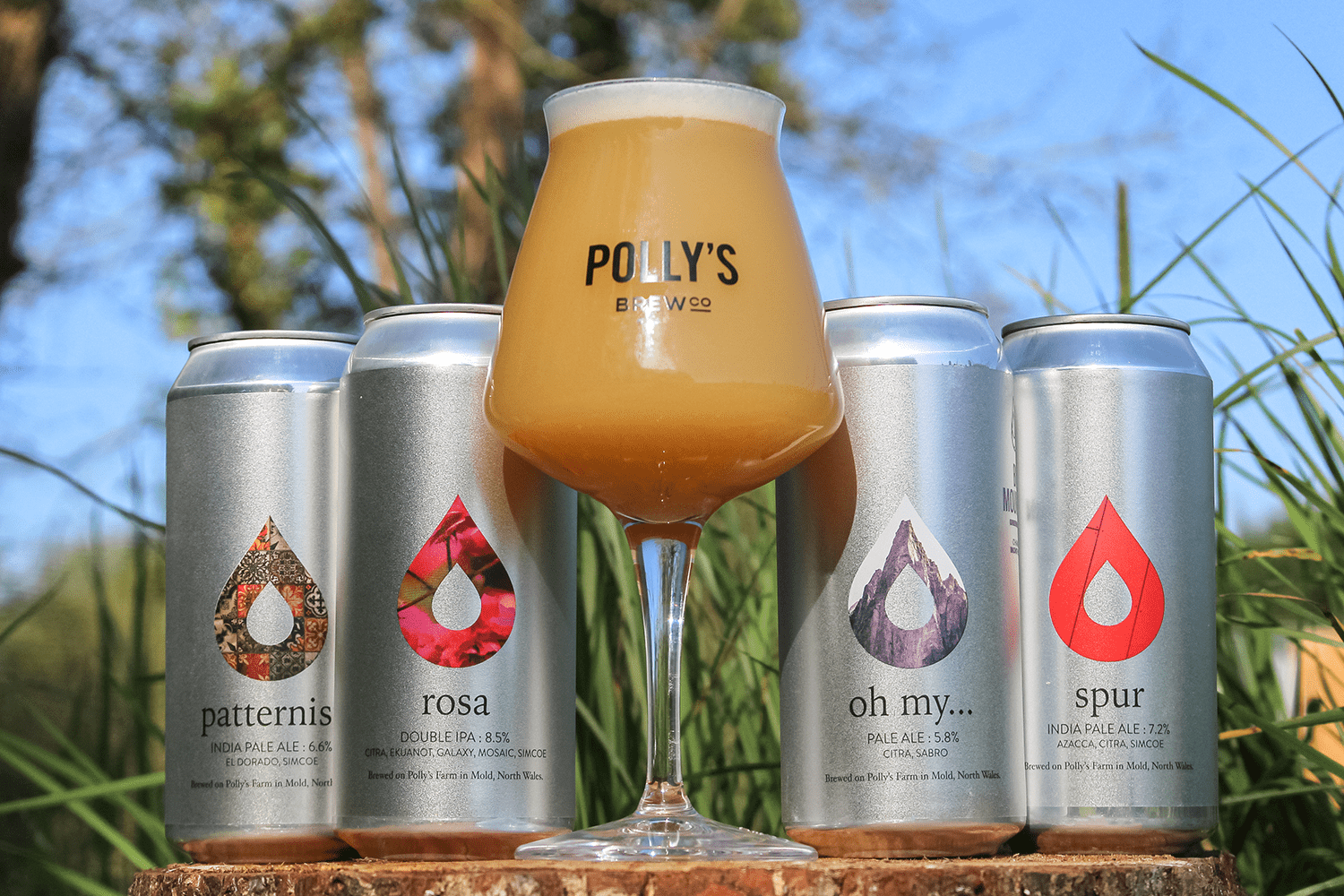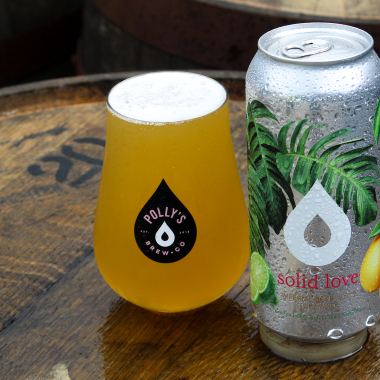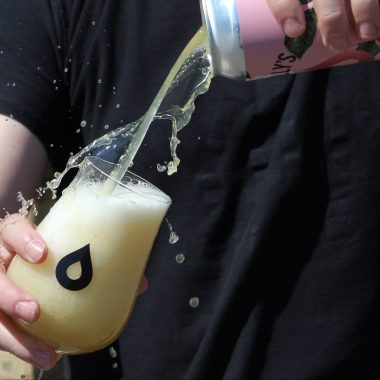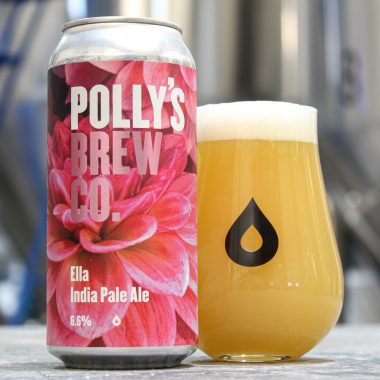What is IPA Beer: A Beginner’s Guide
What does IPA mean? Let’s get the official definition out of the way, shall we? ‘IPA’ stands for India Pale Ale and is a popular type of beer style known for its strong and hoppy flavour profile.
A Brief History of India Pale Ale
India Pale Ale has an interesting history and despite the name, actually originated in England and dates back to the late 1700s. Now, there’s a few different versions of how India Pale Ale came to be, but it’s generally thought (although still disputed) that the regular pale ales loved by the British couldn’t be brewed in India’s hot climate, or survive the long, hot journey from England to India by ship, which was under control of the British East India Company at the time.
So, brewers got experimental and started to add more hops so the beer could survive the trip. India Pale Ale was born and was a big hit with British sailors and expats in India. Of course, its popularity grew back home in England too, and across the world.
As a brewery that prides itself on its love of hops, we think the standard definition is a bit of a disservice to IPA and those who are new to the craft beer scene. To start with, the word ‘hoppy’ on its own doesn’t go far enough to describe flavour profile and is far too simplistic given the array of styles that are out there; floral, earthy, citrusy, piney, fruity and bitter are all much better words to describe flavour notes.
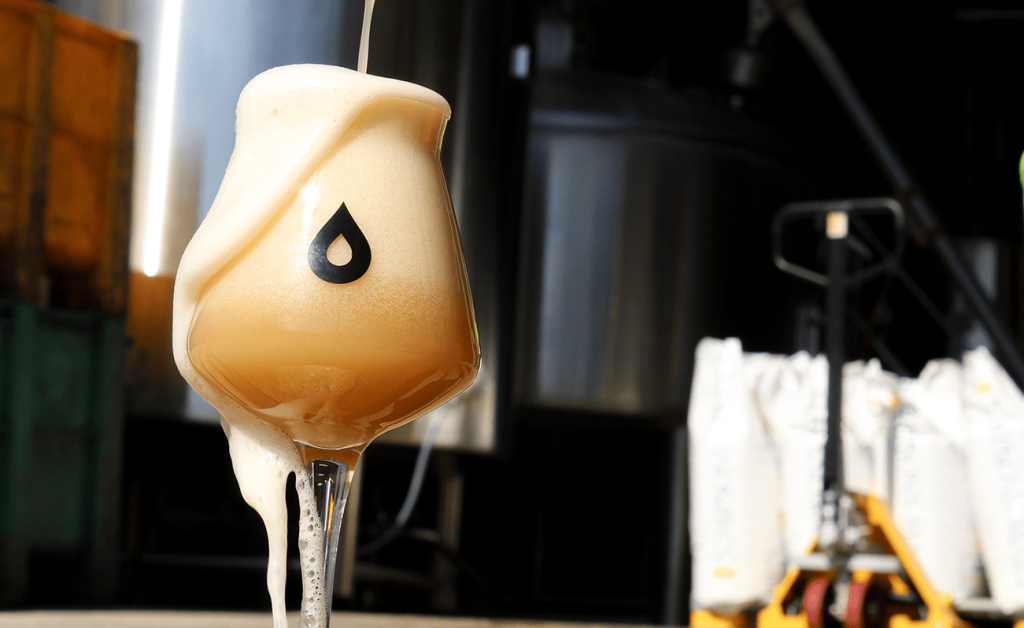
A Beginner’s Guide
For craft beer beginners and those who remain perplexed by the ever-evolving range of India Pale Ale variants, we’ve put together a no-fuss guide to help you navigate the characteristics of the most popular India Pale Ale styles.
English IPA
So, what is it that makes British or English India Pale Ale different from its New World counterparts? Well, the fundamental answer lies in the balanced characteristics of the hops and malt.
As you’ve probably guessed from its name, English IPA is traditionally made from English hops – golding, challenger and fuggle are the ones that spring to mind. English hops build a beer that’s floral and earthy in its taste but are delicately contrasted with english based malts such as Maris Otter. The satisfying result is a hop-forward beer that has a biscuity caramel malt body, giving a sultry smooth, dry finish.
West Coast IPA
It’s fair to say those craft brewers across the pond reimagined the traditional English IPA – and we’re not complaining.
One of the most popular beer styles in the American IPA family is West Coast IPA which was born on the California coastline, and has a bolder, pini-er, citrusy-er flavour profile. West Coast IPAs are a riot of hoppiness and puts bitterness centre stage over a soft malt body any day of the week.
You might say we’re biassed (and you’re probably right) but we love going old school and brewing West Coast IPAs – why else would it feature so often in our new releases? From Monstercat and Shape Curator to Columbus we use hops such as Chinook and Simcoe – all the classics – which are progressively added to the brewing process as welcome late-additions. Adding hops into the mix further into the brewing process is what gives West Coast IPA that punchy flavour and aroma, along with a higher alcohol content.
East Coast IPA/New England IPA (NEIPA)
Prefer a hoppy kiss rather than a hoppy punch in the mouth? An East Coast IPA or a New England IPA could be your beer of choice.
Often lumped together, East Coast IPA and New England IPA are much less bitter than West Coast. With lip smackingly fruit-forward notes, most would describe an East Coast IPA as being sweeter and maltier on the front end with a slightly bitter aftertaste, albeit more muted.
Amarillo, Centennial, Citra, and Simcoe are the typical hops you’d expect to find in this type of IPA. Cloudy, flavorful, and refreshing, East Coast IPAs have a more balanced malt-hop ratio with less bitterness and a sweeter thanks to the use of English hops such as Fuggles or Goldings.
It would be a crime not to one of our flagship New England IPAs in our Core range; Rosebud. Brewed using the freshest Citra, Galaxy, Mosaic, and Simcoe hops, our peachy Rosebud, like most other NEIPAs, has a hazy, opaque appearance, giving it a deliciously smooth and creamy mouthfeel.
Imperial IPA /Double IPA (DIPA)
Double the hops, double the flavour is essentially the thought process behind the Double IPA or Imperial IPA (it’s the same thing). DIPA is an amped up version of India Pale Ale, characterised by a rich, complex flavour profile, with notes of citrus, pine, and resinous hops.
Bolder, hoppier and stronger in alcohol content, many Double IPAs are also dry-hopped, which adds an extra layer of hop aroma and flavour not for the fainthearted.
We’ve got a soft spot for DIPA, as Rosa was one of the first beers to smash through the glass ceiling and put us firmly on the map. Part of our ICONS range, Rosa is a five-hop mega line up of Simcoe, Galaxy, Mosaic, Citra and Ekuanot. Sticky, juicy, piney and dank, it’s got a heady ABV of 8.5% and is everything a DIPA should be.
Triple IPA (TIPA)
Here’s a bit of maths but the really fun kind; when you triple the hops and malt of a standard India Pale Ale, you get a Triple IPA, or TIPA for short.
Characterised by an intense hop flavour and aroma, TIPA puts a heavy emphasis on bitterness and has a complex, multi-layered hop profile. With a thick, syrupy body, Triple IPAs have an extremely high ABV content, which tend to start at 10% and beyond – wowzers!
We do like to get into the TIPA game from time to time, and our DDH Spur – Triple IPA is quite possibly the best beer we’ve ever brewed by a country mile. In-house favourite Spur is amplified to the max, with heavy lashings of Azacca, Simcoe and Citra – certainly one to look out for.
Session IPA
Let’s get one thing straight; a Session IPA isn’t really a style of beer but we’ve given it a nod as you’ll definitely come across the phrase in the craft beer scene. Think of the word ‘session’ as an adjective to describe beer that is designed to be consumed in more generous quantities (up to a point) without compromising on taste. A Session IPA simply refers to lighter-bodied craft beers that have a lower ABV – typically around the 3-5% mark.
A nice crisp balance of bitter, hops and malt flavours you won’t find any overbearing flavours in a session beer, all in the name of easy and relaxed drinking. Delightful hoppy, there isn’t an exact art in flavour profile or hop varieties, when it comes to sessionable IPAs and there’s plenty that hit the mark. But think cold and refreshing pints on a hot summer day and you’ll hit Session IPA on the head.
Sour IPA
Right, next up let’s cover Sour IPAs. Sour IPAs are still a relatively new style of beer and combine the fruity and tart flavours of a sour beer with the hoppy bitterness of an IPA. It might sound like an odd combination, but there’s no denying it’s a good one. Refreshing and tangy with a balanced bitterness it still achieves that familiar hop flavour and aroma that you know and love.
Black IPA
We know what you’re thinking, how can a dark beer be an IPA? It’s a fair question – there’s no denying that it’s a pretty complex beer. Black IPA, or “Cascadian Dark Ale” as it’s also called, combines the hoppy goodness of an IPA with the roasty, malty character of a dark beer.
Almost black in colour, as you’ll glean from its name, Black IPA pulls out all the stops when it comes to flavour, we’re talking chocolate, coffee, and caramel; all the good stuff with a high hoppy bite. If you have a love affair with dark beer and hoppy beer then this could be a match made in heaven.
Red IPA
Ever heard of a Red IPA? It’s maybe not the most well-known style of beer but in our humble opinion it’s definitely deserving of a mention. It’s fair to say that the hops used in this type of beer can vary; American varieties such as Cascade, Chinook, and Centennial are a good starting point but by no means prescriptive.
The hoppy goodness in Red IPAs is strong, with fruity and resinous aromas and flavours but the thing that really makes it, is the use of creamy caramel and crystal malts which elevate sweetness.
Calling Last Orders
So, there you have it; a very brief introduction to IPA. Of course, there’s only really one way to get better acquainted with the different styles and types of IPA beer – drink them! You can’t really go wrong, so we’ll leave you to choose.
See you at the bar.

